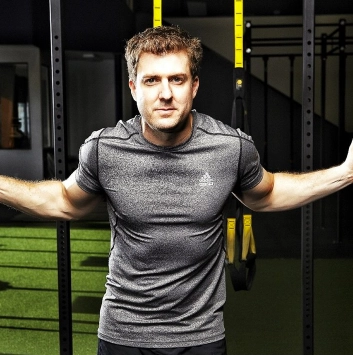
PLENTY OF PLANNING goes into a well designed strength training routine. You'll determine the number of workouts per week, take inventory of equipment on hand, and perfectly curate a lineup of exercises. The one factor that might come last on this list is determining how many sets and reps of each exercise to do.
By far the most common wisdom dispensed to newbie lifters is the 3x10 rule. This holds that regardless of whether youre trying to build muscle, strength, power, or endurance, performing three sets of 10 reps per exercise is a good place to start. The scheme mostly works, especially if youre just starting out with strength trainingbecause everything works in the beginning.
Once your beginner's gains are behind you, though, youll want to tailor your training to suit your specific goals. that might mean changing up your sets and reps from the classic 3x10 format. Target rep ranges will change depending on what characteristic of training youre looking to improve.
How Many Reps Should I Do?
Set and rep ranges should change based on what you're looking to achieve with your workout. There are three basic rep schemes that every lifter should know:
Strength and Power
If your objective is strength or power (think: heavy lifting or explosive movements), the textbook advice is to perform 3 to 5 sets of 2 to 6 reps per exercise.
Hypertrophy
If your aim is hypertrophy (to build muscle), the sweet spot is 3 to 4 sets of 6 to 12 reps.
Muscular Endurance
If your objective is muscular endurance, shoot for 2 to 3 sets of 12 to 20 reps.
In each case, the key is to use the heaviest resistance that will allow you to complete all of your reps and sets with good form. You also want to allow yourself just enough time to recover between sets to maintain a high level of performance: 2 to 5 minutes for strength and power, 30 to 90 seconds for hypertrophy, and just 30 seconds for endurance.
How to Choose Which Rep Scheme Works for You
Focus on the training scheme that best matches your fitness goalsbut dont hesitate to include others in your workout plan as well. Why? Because their benefits overlap.
If your goal is hypertrophy, for example, lifting primarily in the 6 to 12 rep range will help you target your type II muscle fibers, which are the largest and have the greatest growth potential. But if you want to maximize your gains, you cant neglect your more endurance-oriented type I fibers, which respond best to high rep sets.
By including a range of reps and sets in your workout plan, youll make sure that you optimize your training stimulus and fast-track your results. Not sure the best way to do that? Follow a ready-made training plan with the rep ranges built in. Weve got plans for nearly every goal imaginable, and theyre all ready for you to start right now. Find your best match by using our Workout Finder below.

Trevor Thieme C.S.C.S.
Trevor Thieme is a Los Angeles-based writer and strength coach, and a former fitness editor at Mens Health. When not helping others get in shape, he splits his time between surfing, skiing, hiking, mountain biking, and trying to keep up with his 10-year-old daughter.
 Cori Ritchey, C.S.C.S.
Cori Ritchey, C.S.C.S. Associate Health and Fitness Editor
Cori Ritchey, C.S.C.S., is an Associate Health & Fitness Editor at Men's Health, a certified strength and condition coach, and group fitness instructor. She reports on topics regarding health, nutrition, mental health, fitness, sex, and relationships. You can find more of her work in HealthCentral, Livestrong, Self, and others.
Read full bio

